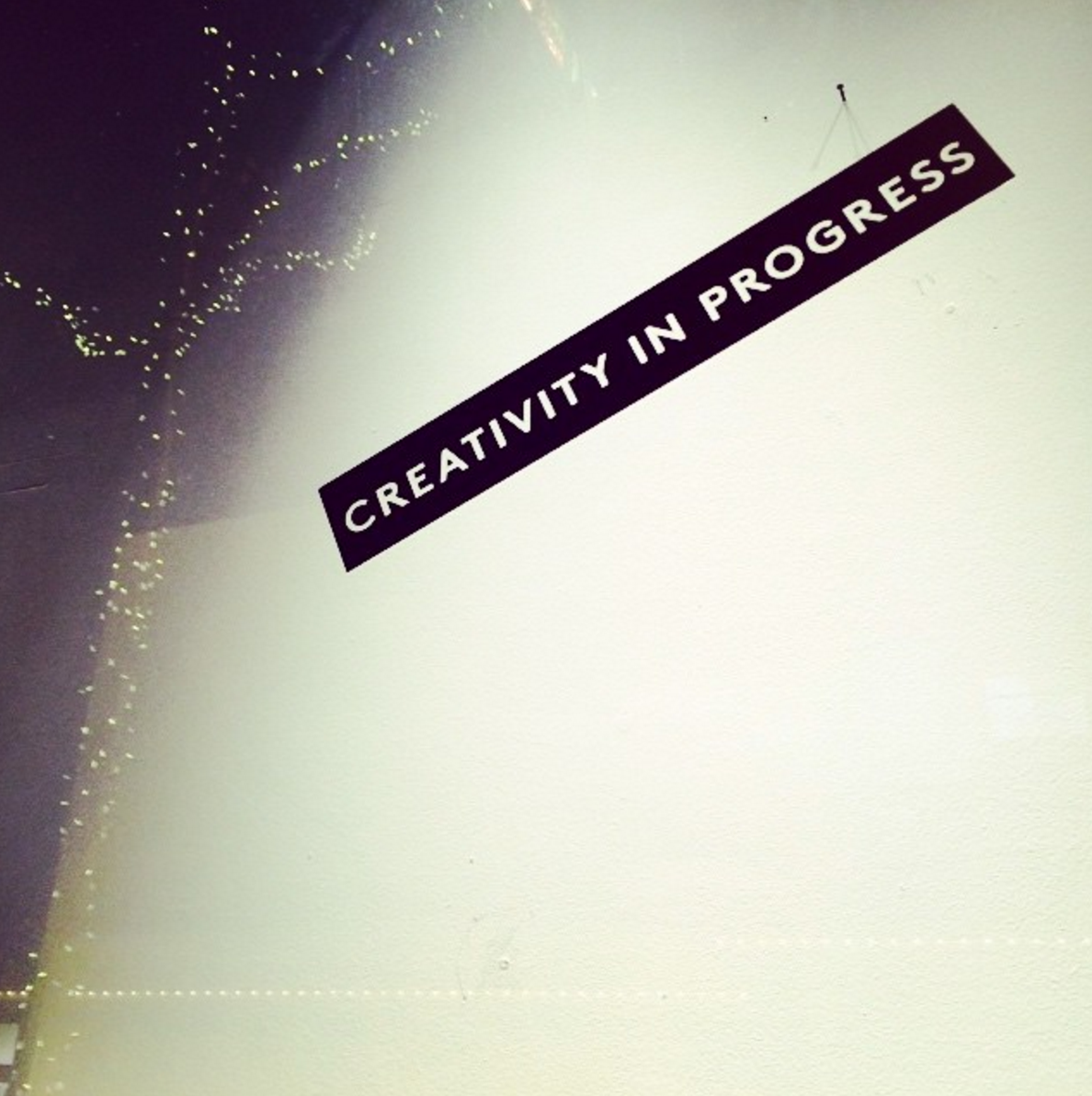The human element in automation
Automation can be a polarizing subject. It is not uncommon to encounter passionate, often fearful positions regarding the potential impact of the integration of robotics systems in production manufacturing environments, and understandably so — productivity is a part of the human condition. We thrive when productive, and following literally millions of years of intentionally creating goods, we’ve built a system of inputs and outputs in an international economy; every day masses of individuals across the globe attend a place of employment with the intention of putting forth effort in one form or another, for payment. For some, automation may appear to be a threat to this daily existence.
But executed thoughtfully and with the human element in mind, automation can elevate the practice of mass production.
When automation is imparted responsibly in an existing production system, the workforce plays an important role in guiding machines to produce the goods for which those individuals best know the standards. Many employers naturally seek to educate individuals already invested in their company and product to provide machine instruction and maintenance, promoting job security — the knowledge and skills required to maintain a machine operating system are more robust than the tactile pick-and-place processes of traditional production lines. And for workers who remain an integral part of the production system, automation can alleviate some of the physical strains associated with repetitive movements.
While some efforts to remove human interaction are nearly universally welcomed — take, for example, the cleaning and treatment of hazardous materials or search for landmines — when we seek to remove the human element in commonplace tasks, like product assembly, some will hesitate. They should. In any business, advanced technologies ought to be thoughtfully considered before they are integrated. For those invested in the manufacture of goods, automation should be pursued with the understanding that partial dependence on systems rather than people in production can amount to a positive shift in the human role, not a negation.
Drawn from Corvus & Columba, On the Industry




